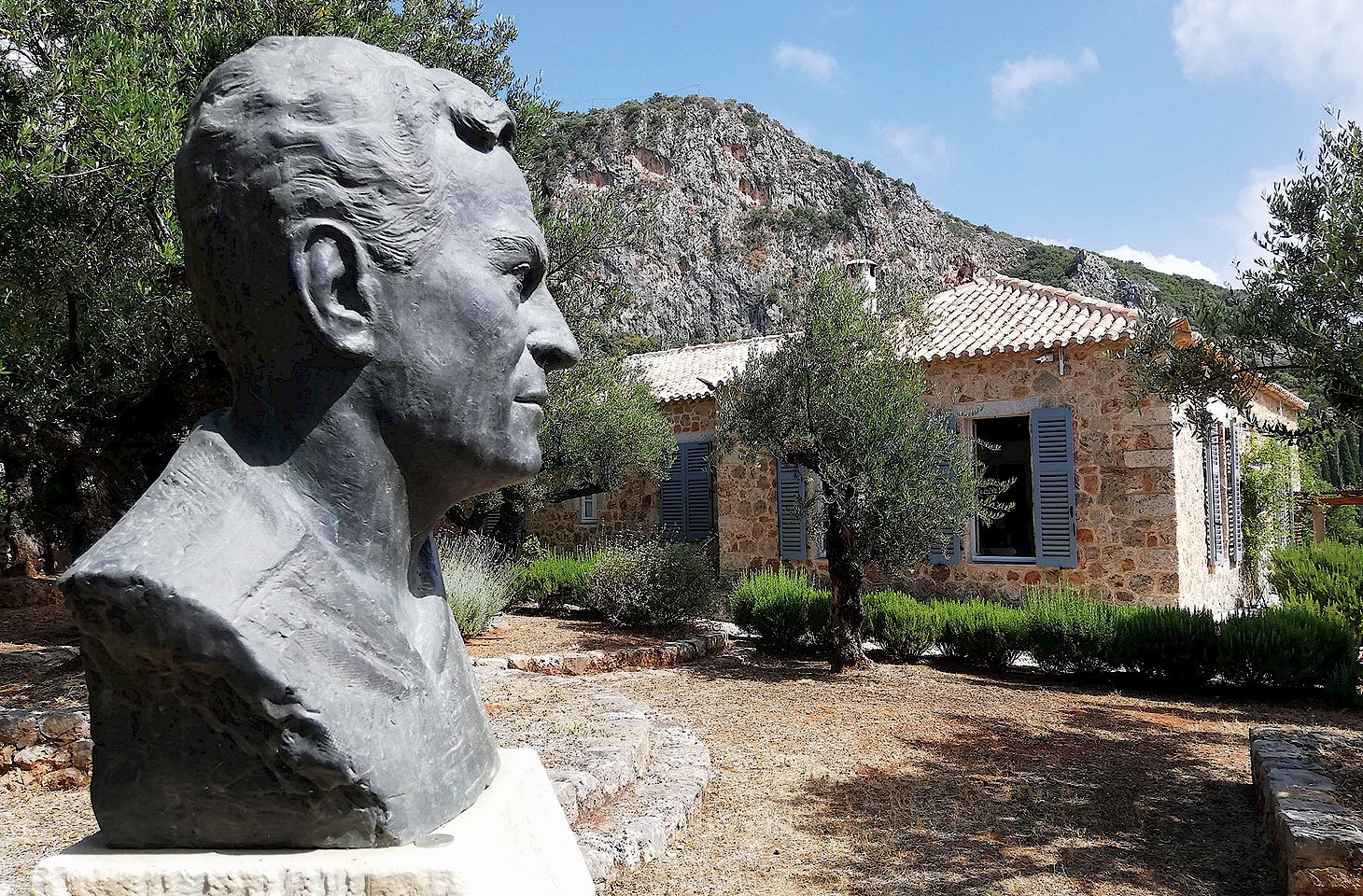Dear fellow travellers
Here at hidden europe we are not, on the whole, at all good at traditional sightseeing. Catch us in a foreign city and the chances are we'll be stalking the back streets rather than an art gallery. But there are exceptions. As dedicated cinema lovers, it is no surprise that we are great fans of film museums. In our home city, Berlin, we would rate the opening gallery of the city's glitzy film museum at Potsdamer Platz as among the best experiences on offer in the German capital. Within a few moments one is transported from Metropolis via Vertigo to contemporary European film. Sheer magic! From spring this year, the Berlin film museum will be complemented by a nearby new Museum of Television, so echoing the more holistic approach to visual media pioneered so successfully by England's National Museum of Photography, Film and Television in Bradford.
One European museum of cinema to keep an eye on for the future is the Dutch Film Museum in Amsterdam which has just this week unveiled detailed plans for a stunning new building. Delugan Meissl's avant-garde essay in architectural geometry should come to fruition in 2009 when the new building opens on a fine riverbank site next to the landmark Shell building. The Vienna based architectural practice is already busy on the new Porsche museum building in Stuttgart, and that, with the new film museum in Amsterdam, will do much to consolidate Delugan Meissl's position as one of Europe's most adventurous architectural partnerships. The new Amsterdam museum building's very planar surfaces look like a counterpoint to Turin's uniquely vertical National Museum of Cinema, which is housed in the city's distinctive Antonelliana tower.
Sadly, not all European film museums are able to celebrate expansion like those in Amsterdam and Berlin. As Russia gears up to mark one hundred years of Russian film making, the Moscow Museum of Cinema (Musei kino) has just closed its doors for the last time. Having escaped closure by a hair's breadth three years back, this time even petitions to President Putin couldn't secure a reprieve for this venerable Moscow institution, which often screened as many as a dozen films a day in its less-than-perfect premises. The end came amid a squabble over property development, and, despite interventions from across the European film world, this unsung outpost of liberal debate in Moscow is no more. The museum housed a unique archive of old films and a remarkable library that is now looking for a new home.
Things are brighter in Lyon, where the Institut Lumière on the aptly named rue du Premier-Film goes from strength to strength. The Lumière Institute's Living Museum of the Cinema is in the Lyon suburb of Monplaisir where in 1895 the Lumière brothers made Sortie d'usine. For travellers, who like us are entranced by that dialogue between artifice and reality that is cinema, a visit to Lyon is a pilgrimage beyond compare.
For more cinematic interludes, check out the many past issues of hidden europe magazine, on www.hiddeneurope.co.uk, where we've visited the settings for Rosetta, Stromboli - Terra di dio, The Godfather, La Haine and many more celluloid classics.




